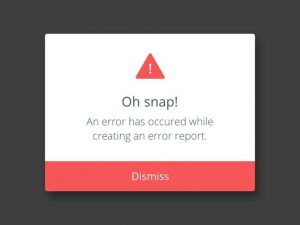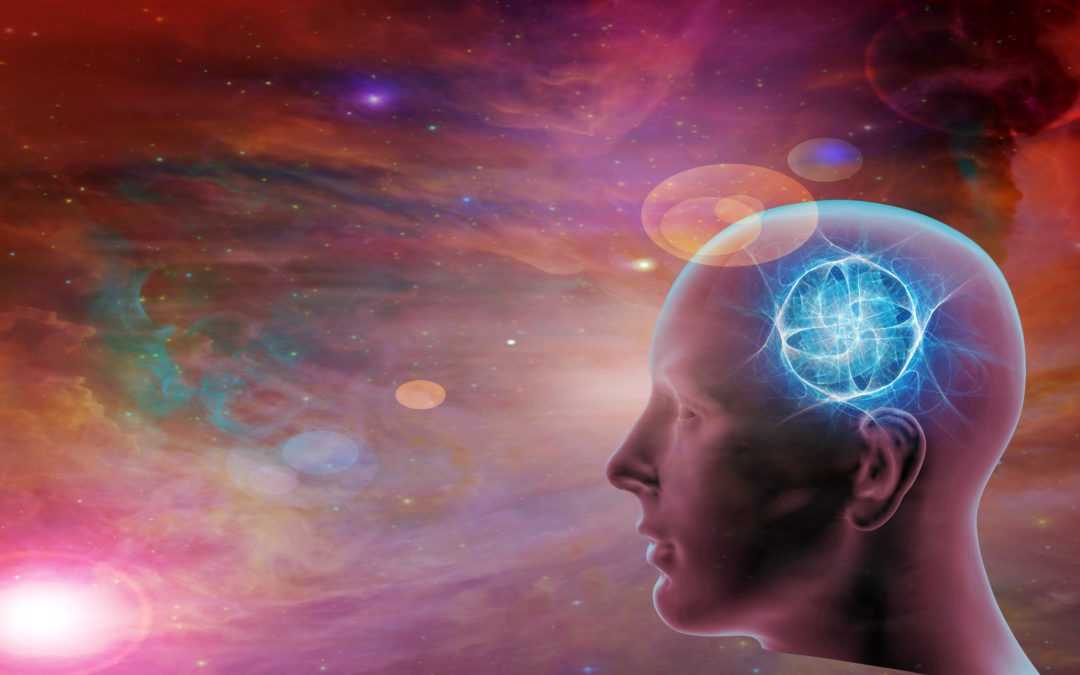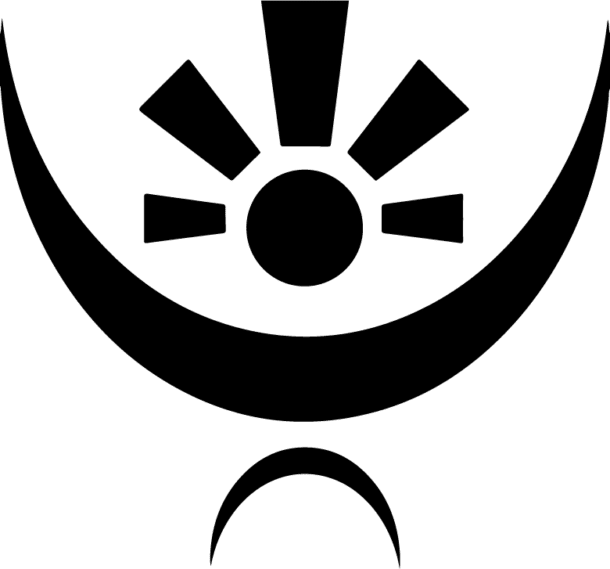Has anyone ever asked you the question: Do you know where you are in space? Sounds like a weird question. Most people would cautiously answer, “Yes?” as though it were a trick question. During my examination of patients, especially those coming to me for concussion recovery, this question is always on my mind. I don’t verbally ask the question, but through a series of examination techniques, I’m assessing whether my patient’s brain does actually know where the head and body are in space, because if it doesn’t, we have uncovered an important root cause for many problems such as: headaches, chronic neck pain, chronic back pain, brain fog, dizziness, muscle pain, fatigue…the list can go on.
What am I talking about?
There is one constant in this world that we are all subject to, and that is gravity. Gravity pulls us down to the ground every second of our lives. We know that astronauts, without gravity, experience muscle wasting and a deterioration of bone density, vestibular dysfunction, eye movement disorders, gut dysfunction, immune system hypofunction, lymphatic fluid redistribution and slowing of cardiac function. Without gravity, we fall apart. How do we sense gravity? Our brain does not have a specific gravity receptor neuron. Instead, we have multiple systems transmitting information to the brain, and a central multi-modal processing center (the vestibular nucleus in the brainstem) that collects all that information and interprets it.
This central processing center collects information from our proprioceptive system, especially from our feet, ankles, and neck, to tell the brain where the body is in space, and how it is moving. A slight ankle bend can tell the brain the body is moving forward. Increased pressure on the outside of the left foot, tells the brain the body is shifting to the left. But what happens when we start walking on sand, or attempt to walk across the ice? Suddenly the information from the feet and ankles is no longer reliable. Information from the visual and vestibular systems fills in the gap. Our eyes tell us where the horizon is, and gives us a reference frame for what “upright” should be. Our vestibular system contains the otoliths that tells us whether we are moving forwards, backwards, up, or down, and the semi-circular canals tell us whether our head is tilted in any direction or perfectly straight. The proprioceptive system, visual system, and vestibular system all feed information to the brain to tell us where we are relative to gravity.

Error Messages:
Concussions and trauma to the head easily cause dysfunction within the vestibular system. Suddenly, one of the systems that is responsible for telling the brain where you are in space isn’t working. The brain then has to re-weight the information from the other systems – visual and proprioceptive. However, this up-regulation comes with consequences. Up-regulating visual information can cause eye fatigue, eye pressure, and headaches. How does the brain up-regulating proprioceptive information? It tightens the muscles in the neck and back. More tone in the muscle equals a greater frequency of firing to the brain.
This is why I assess multiple systems during my exam. I need to know how well each system is working, and where the error messages are coming from in order to understand what is driving symptoms such as headaches, eye strain, fatigue, and neck pain. Ultimately, I need to know, does my patient know where they are in space?
Are you experiencing ongoing symptoms post-concussion? Contact Amy Moll at 541-233-9352, or amy@acupunctureneurology.com to find out more.




Great info.